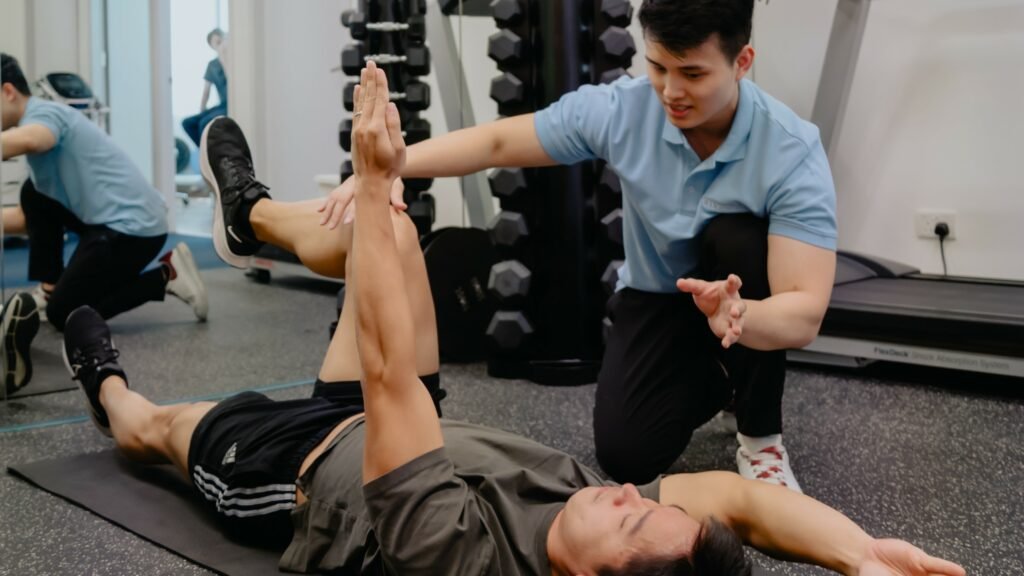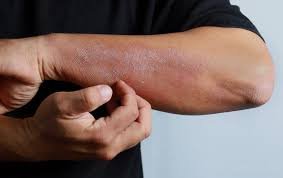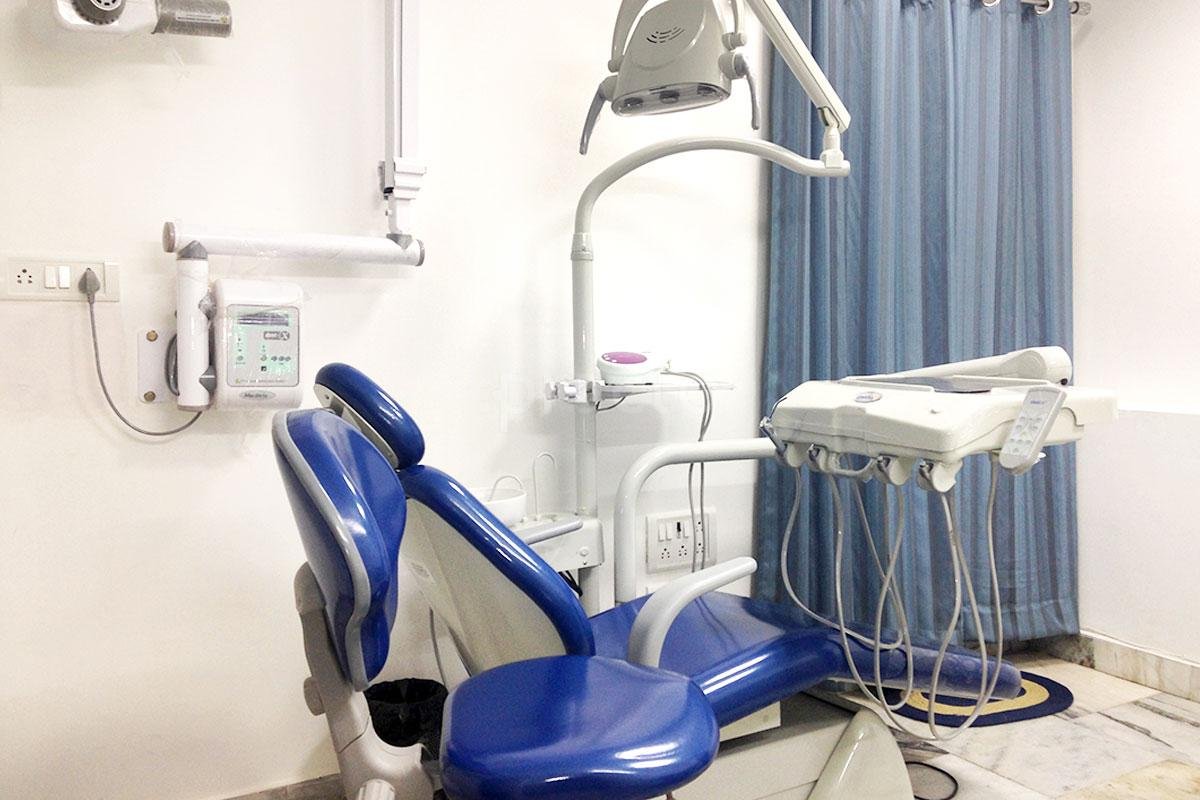Athletes push their bodies to the limit, striving for peak performance. While this dedication to their craft is admirable, it also leaves them vulnerable to injuries. That’s where rehabilitation comes in—a crucial process that not only aids recovery but also helps athletes regain their edge. In this blog, we’ll explore key rehabilitation techniques, common sports injuries, and prevention strategies to keep athletes performing at their best.
Why Rehabilitation is Essential in Sports
Rehabilitation is more than just recovering from an injury; it’s about restoring strength, mobility, and confidence. For athletes, getting back on the field, court, or track isn’t just a goal—it’s a necessity. Without proper care, untreated injuries can lead to long-term complications, decreased performance, or even the end of a career. Effective rehabilitation not only ensures complete recovery but also prevents future injuries by addressing weaknesses or imbalances.
Common Sports Injuries
Athletes, regardless of their sport, are prone to specific types of injuries. Here are some of the most common ones that often require rehabilitation:
- Sprains and Strains: These involve stretched or torn ligaments and muscles are common in sports requiring repetitive movements.
- ACL Tears: Often seen in sports involving sudden stops and changes in direction, like basketball and soccer.
- Shin Splints: Athletes who engage in high-impact activities, like running, are susceptible to shin pain caused by overuse.
- Stress Fractures: These tiny cracks in bones are often the result of repetitive force or overtraining.
- Tennis Elbow (or sports equivalent): Caused by repetitive wrist and arm movements commonly seen in racquet sports.
Understanding the nature of these injuries is the first step in finding the right rehabilitation technique.
Effective Rehabilitation Techniques for Athletes
1. R.I.C.E. Method
The R.I.C.E. method (Rest, Ice, Compression, Elevation) is one of the most used first-aid strategies for acute injuries. It helps reduce swelling, alleviate pain, and prepare the body for further treatment. While it’s most effective in the initial stages of recovery, it’s often a foundational step in many rehabilitation programs.
2. Physical Therapy
Physical therapy is a tailored approach that involves exercises, stretching, and manual therapy to restore strength and range of motion. Chiropractors in Lehi often work alongside physical therapists to provide a comprehensive recovery plan. Therapists may use tools such as resistance bands, weights, or balance boards to ensure a safe and structured recovery. Beyond physical benefits, these sessions often instill psychological confidence in athletes as they progress.
3. Aquatic Therapy
Water-based rehabilitation has gained popularity for its low-impact nature. The buoyancy of water reduces strain on joints and injured areas, enabling athletes to perform movements they might struggle with on land. Additionally, resistance created by water helps build strength and endurance.
4. Massage Therapy and Myofascial Release
These hands-on techniques improve blood circulation, reduce muscle tension, and alleviate pain. These methods are beneficial for athletes recovering from overuse injuries or looking to improve mobility.
5. Cryotherapy and Heat Therapy
Localized cryotherapy (cold treatment) helps reduce inflammation and alleviate acute pain, while heat therapy promotes blood flow and relaxation in the later stages of recovery. Many athletes swear by innovative treatments like ice baths or thermal saunas for whole-body recovery.
6. Advanced Techniques
Athletes often integrate modern methods like electrical stimulation therapy (E-STIM), hydrotherapy, or even platelet-rich plasma (PRP) therapy into their recovery routine. These treatments are often effective for complex injuries or those requiring additional intervention.
Reducing the Risk of Injury: Prevention Strategies
While rehabilitation is essential when injuries occur, prevention is always better. Here are some tips for athletes to stay injury-free:
- Focus on Proper Warm-Ups and Cool-Downs
Preparing the body for physical activity and allowing for gradual recovery post-exercise can prevent injuries like strains and sprains.
- Cross-Training and Strength Building
Engaging in activities outside an athlete’s primary sport and focusing on strength can correct imbalances and enhance all-around performance.
- Monitor Overtraining
Excessive training without adequate rest is a common cause of many overuse injuries. Proper scheduling and rest days are critical.
- Listen to the Body
Athletes should be mindful of aches and pains. Catching and addressing minor issues early can prevent more severe injuries.
- Customized Equipment and Training Gear
Wearing supportive footwear, using braces for vulnerable areas, or choosing sport-specific gear can go a long way in minimizing unnecessary strain or impact.
Conclusion
Rehabilitation is crucial for athletes to ensure recovery, prevent complications, and build resilience. From R.I.C.E to advanced therapies, sports rehab continues to evolve. Athletes and coaches need to understand the process to support recovery and future performance.











